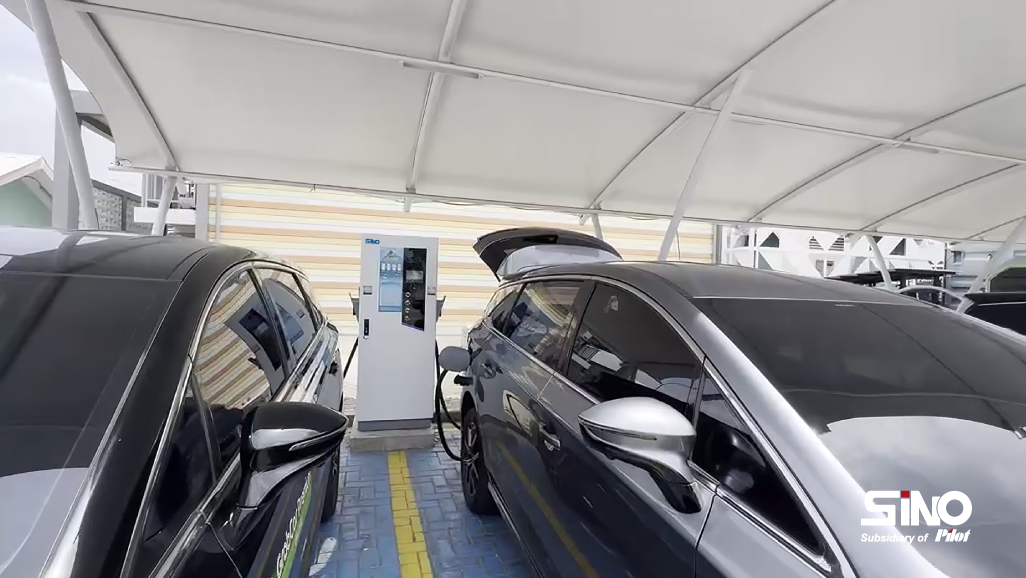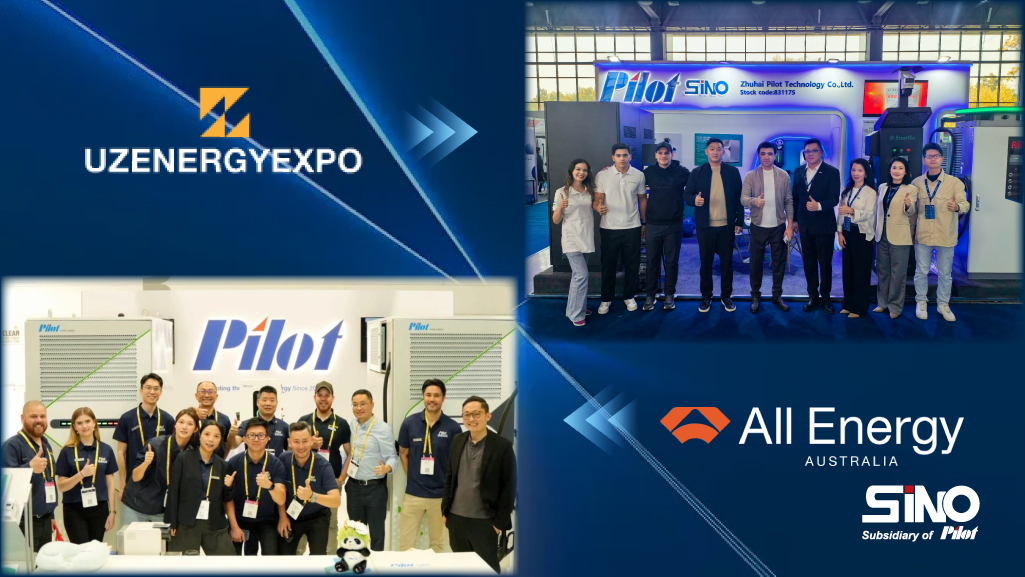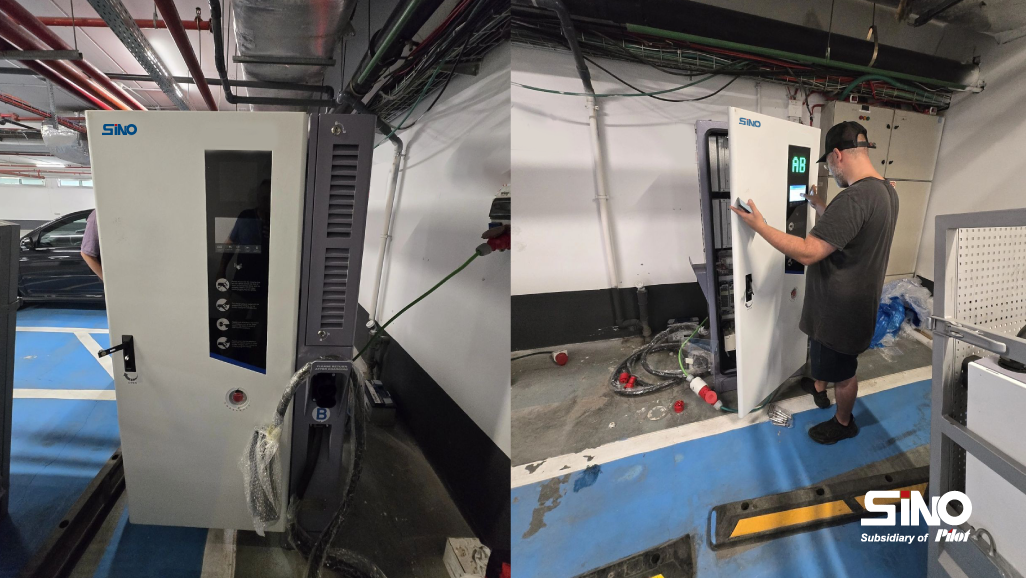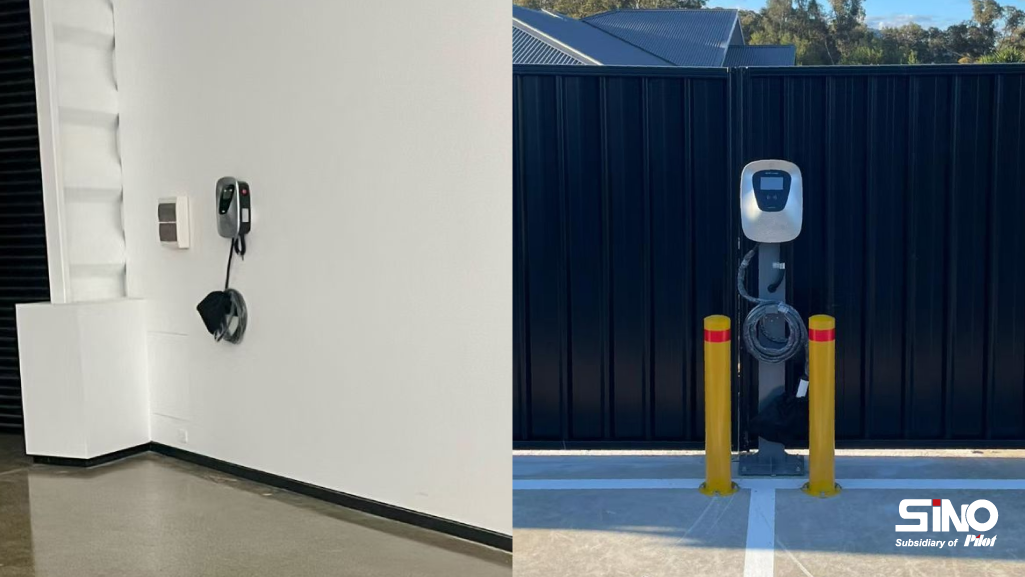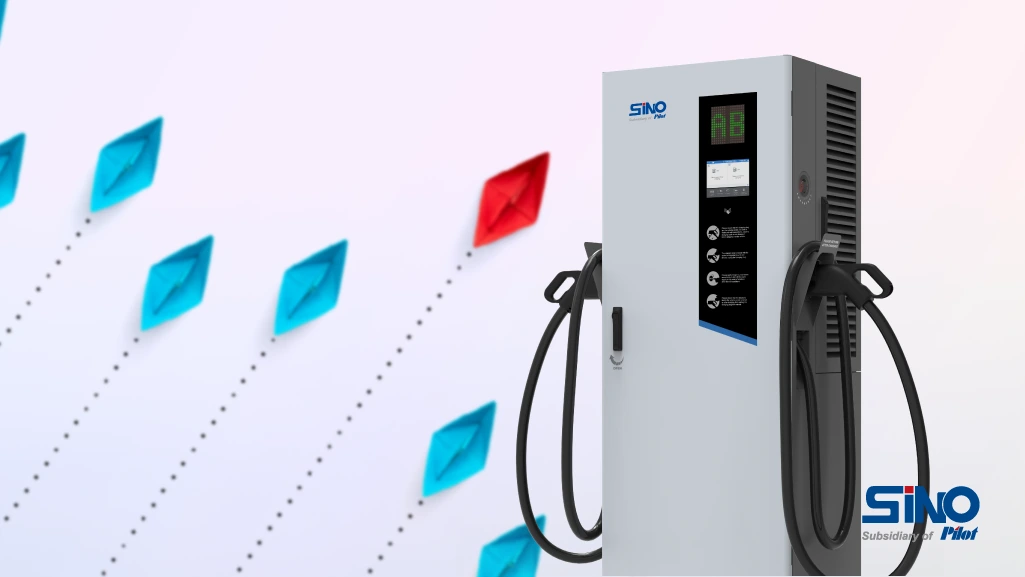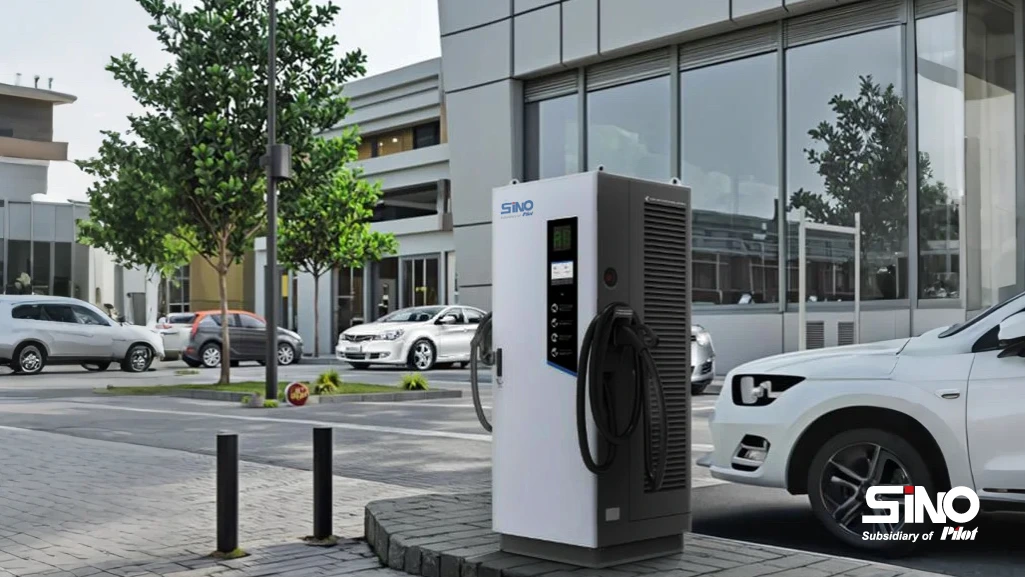Imagine pulling up to an EV charger, plugging in your car, and watching the battery level climb steadily on your phone. This seamless experience doesn’t happen by accident. You may wonder how these EV charging facilities communicate with your car, with payment systems, and with the companies that run the chargers. Let’s break down how they do it, why it matters, and the methods that make it all work.
Why does EV Charging Communicate with its facilities matter?
First, let’s talk about why this “talking” is so important. When you charge an EV, more than just electricity flows between the charger and your car. The two need to share critical info: Is your car compatible with the charger? How fast can it safely charge? When is the battery full? Is there a problem, like a loose connection? Without clear communication, charging could be slow, unsafe, or even impossible.
Good communication also keeps things convenient. It lets the charger tell your phone when the battery is full, or let the payment system know to charge your account. And if something goes wrong—like a power glitch—it can alert the facility’s team to fix it quickly. In short, smooth communication makes charging your EV as easy as filling up a gas tank.
How Do EV Charging Facilities Communicate?
EV Charging facilities use a mix of wired and wireless methods to communicate with their job. Let’s break them down:
1. Wired Communication: Talking Through the Cable
The most direct way chargers and cars communicate is through the charging cable itself. When you plug the charger into your EV, the cable isn’t just for electricity. It has tiny built-in wires that act like a telephone line between the two.
Here’s how it works: As soon as you connect the cable, the charger sends a signal to the car, asking, “What kind of battery do you have? How fast can you handle power?” The car replies with its details, and the charger adjusts—so it doesn’t send too much electricity, which could damage the battery. This back-and-forth happens in seconds and helps charge safely and efficiently.
This wired chat also tells the charger when to stop. Once your car’s battery hits 100%, it sends a full signal, and the charger shuts off automatically.
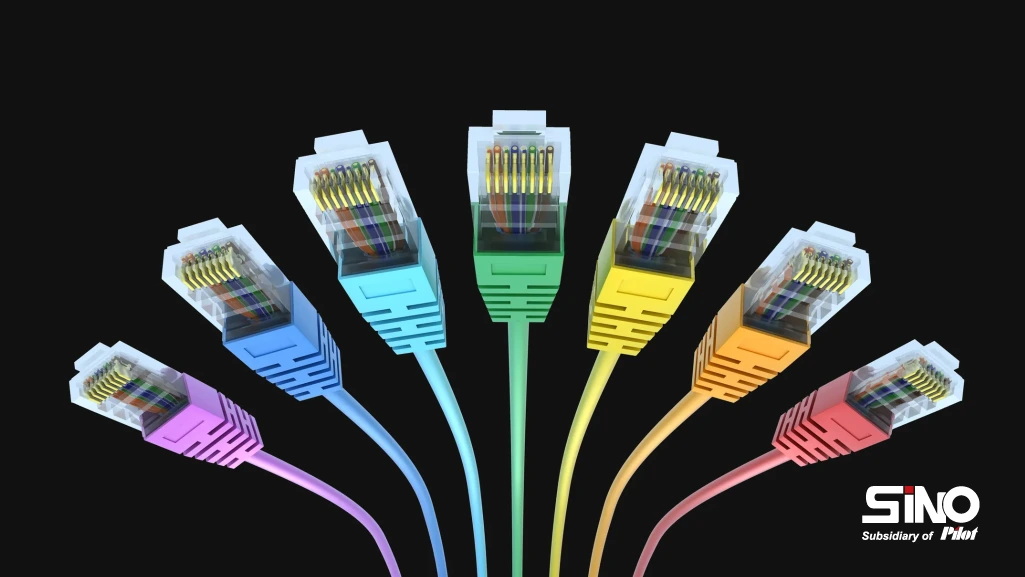
Ethernet communication: Typically used for data transmission between EV charging stations and management platforms. Charging stations can transmit real-time charging data, working status, and fault alarms, etc, to the charging management system. It can also send instructions to the charging station via Ethernet, such as adjusting charging parameters, starting or stopping charging, etc. This communication method is fast, with a large network capacity, and offers strong data transmission reliability. But the wiring is relatively complex.
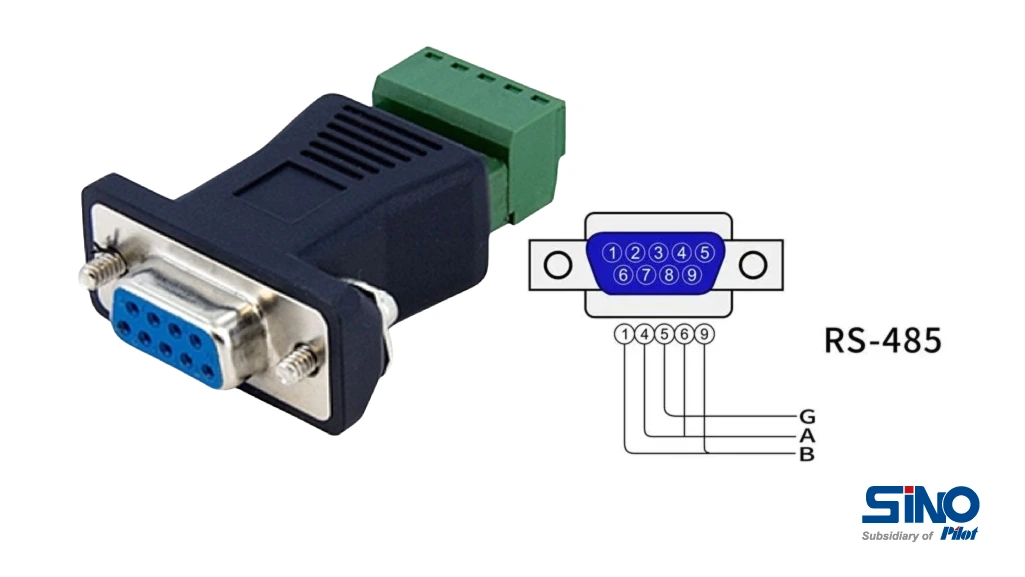
RS-485 communication: Often used for communication between internal devices of charging stations or between charging stations and local monitoring systems. For example, the intelligent electricity meter used in the charging station can send electricity data to the billing control unit via RS-485 communication. This communication method has strong anti-interference ability, supports multiple node connections, and can meet the communication needs between many charging stations and local monitoring systems.
CAN communication: Widely used in electronic control units within vehicles and between new energy vehicles and DC charging stations. CAN bus can also be used for communication between charging stations and charging station monitoring systems, establishing a connection between the charging station and the charging station management system via CAN bus to achieve real-time data transmission and interaction. It has the advantages of high real-time performance and high reliability, supports multiple node connections and distributed control, has relatively low hardware costs, and is easy to implement and maintain.
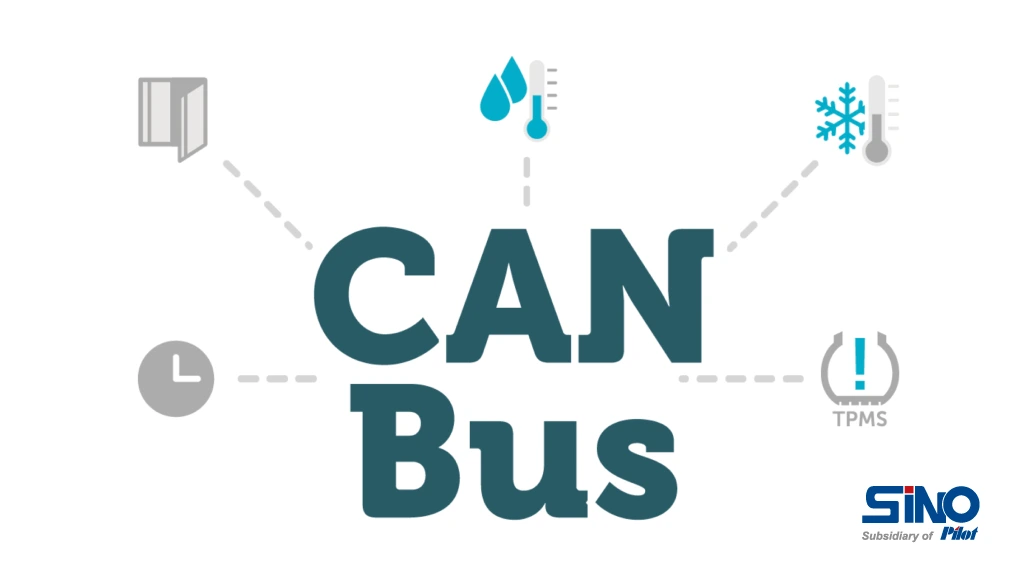
2. Wireless Methods: No Cables Needed
Wired communication handles the charger-to-car chat, but chargers need to “talk” to other systems too, like payment networks, facility managers, or even your phone. That’s where wireless methods come in:
Wi-Fi: Many chargers, especially like AC or home EV chargers, connect to local Wi-Fi to share data with the facility’s network. This helps managers check which chargers are busy, update software, or spot issues, such as a broken screen, without being there in person. It also lets you use the apps to start charging-just tap your phone, and the charger gets the signal via Wi-Fi.
Bluetooth: This short-range wireless tech is great for close-up tasks. For example, if you’re standing next to the charger, your phone can connect via Bluetooth to unlock it, check charging progress, or stop the session. You don’t need an internet connection.
Cellular (4G/5G): When Wi-Fi is spotty (like in remote areas), chargers use cellular networks. This keeps them connected to payment systems, so your credit card gets charged even if there’s no local Wi-Fi. The charger will send alerts under the 4G or 5G’s help, “I’m out of order!” to the company that runs it.
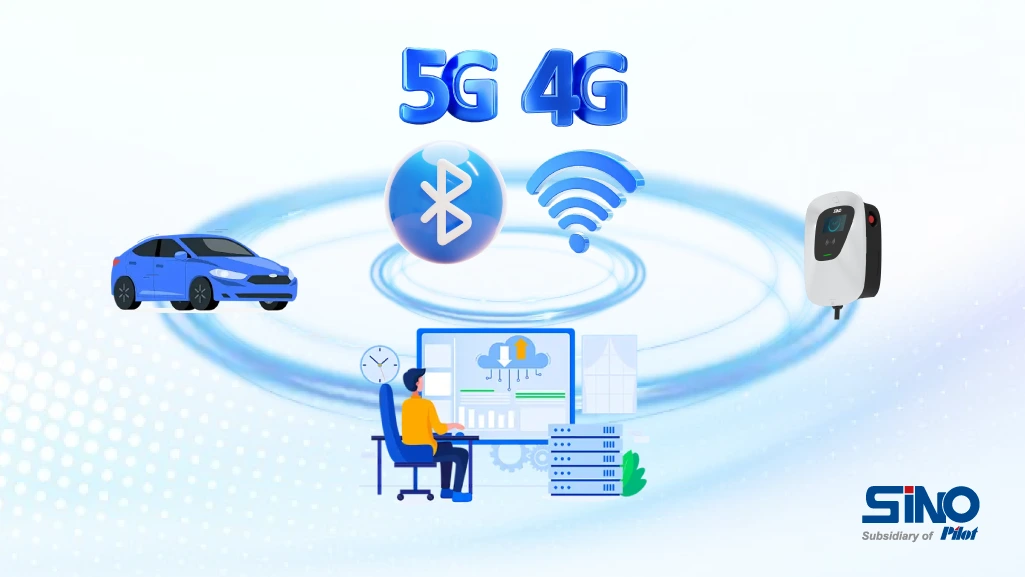
3. Common “Languages” (Protocols)
Just like people need a common language to chat, chargers and their networks use shared “protocols” to communicate. The most popular one is OCPP (Open Charge Point Protocol). Think of OCPP as a universal translator: it lets chargers from different brands work with the same payment apps or management systems. That’s why you can use one app to charge at multiple brands of chargers—OCPP helps them “understand” each other.
Conclusion:
As more people drive EVs, these communication methods will keep getting better. We’ll see faster wireless connections, smarter error messages, and even more compatibility between chargers and cars. The goal? Make charging your EV feel as simple and reliable as possible—so you can focus on the drive, not the charger.
Next time you plug in, take a second to appreciate the quiet conversation happening at these EV charging facilities. It’s that chat that makes your EV journey smooth, safe, and stress-free.
Our Social
Facebook: www.facebook.com/sinoevc
Instagram: www.instagram.com/sinoevc
Linkedin: www.linkedin.com/company/sinoevse
Youtube: www.youtube.com/@sinoevc
Twitter: www.twitter.com/sinoevc
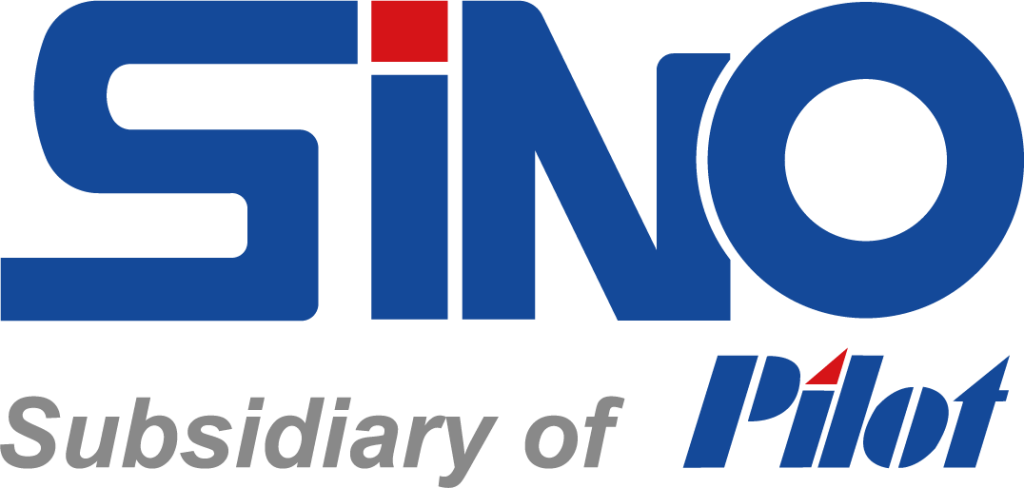
“Charging for A Better Life”
—Zhuhai Sino Energy Technology Co.,Ltd.




